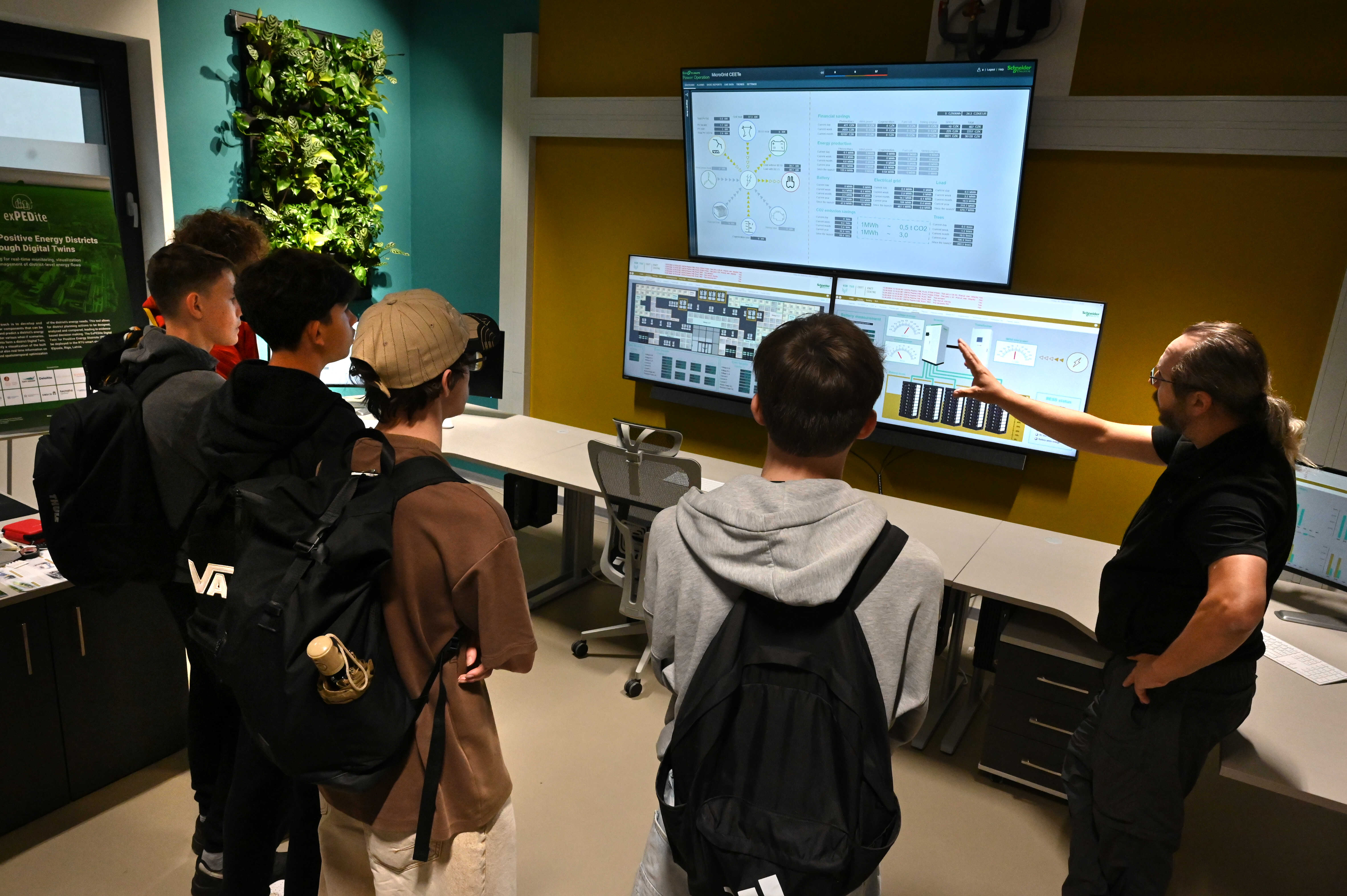Once again, university laboratories, lecture halls and experimental facilities turned into places full of curious visitors. Researchers’ Night opened doors that are usually closed to the public and offered a unique, hands-on experience of science.
At CEET, we focused on topics that will shape our future: sustainability, the circular economy and modern energy systems. Nearly one thousand visitors came to explore our laboratories, try out experiments and discuss with experts. The programme was designed to engage both children and adults.
Our researchers showed that science is not confined to theoretical concepts in textbooks but is present in everyday practice. Visitors could see this first-hand at the CEETe Technology Polygon, the Institute of Environmental Technologies, and the Research Energy Centre.
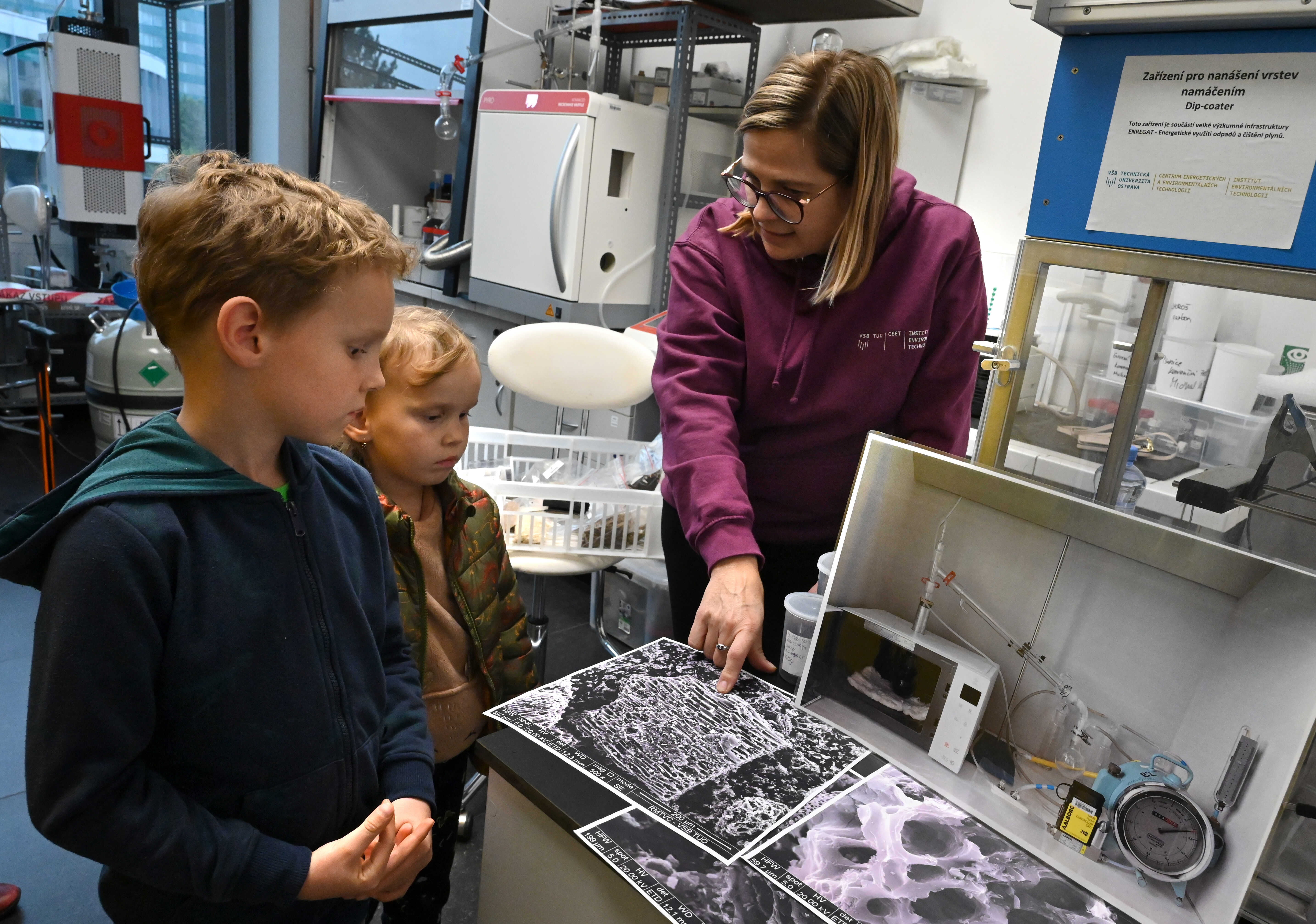
CEETe: From Plasma Gasification to the Hydroponics Lab
The CEETe Technology Polygon served as a gateway into the world of modern energy. Here, visitors learned how pyrolysis works (the decomposition of organic matter without oxygen) as well as plasma gasification – a process in which the reactor glows with temperatures of up to 20,000 °C, reminiscent of lightning in the sky.
After visiting the Thermochemical Conversion Laboratory, participants continued to the control room, where a special algorithm manages the energy flows of the entire building to ensure maximum efficiency. In practice, the computer monitors both consumption and generation of energy and decides intelligently where to send it.
The hydroponics laboratory also attracted great interest. In horizontal racks we can grow up to 464 plants at once without soil, using only water and nutrients. The Hydrogen Laboratory was another popular stop, where we demonstrated how this element will play an important role in the future of energy.
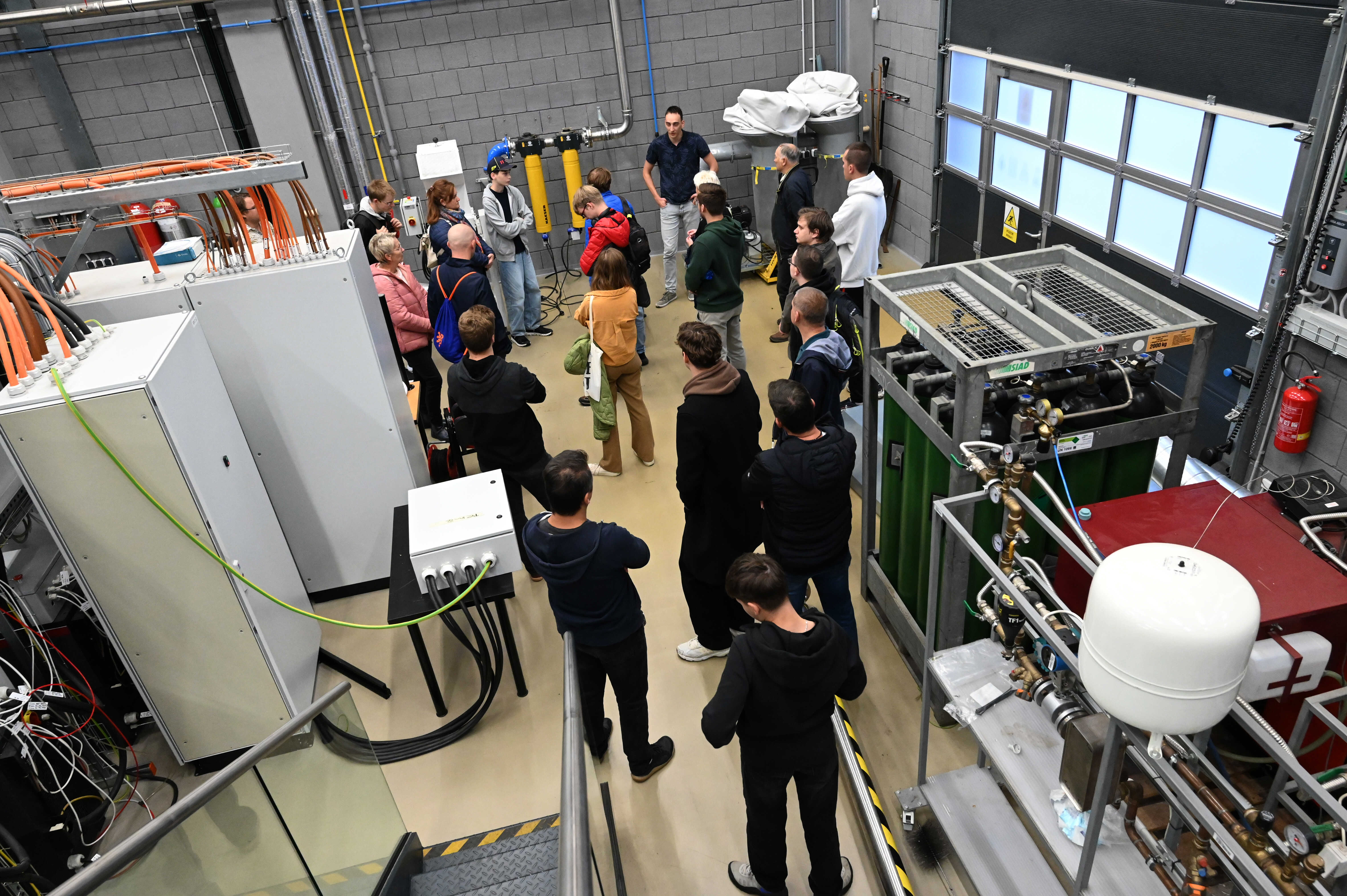
Institute of Environmental Technologies: Waste as a Resource and CO₂ as a Helper
At the Institute of Environmental Technologies, visitors discovered that waste does not have to be a problem but can in fact be a valuable resource. They also learned about aerobic and anaerobic treatment of biowaste, while children enjoyed a small quiz.
We also presented materials for cleaning gases and water, produced for example from agricultural residues or metals. A major attraction was the demonstration of carbon dioxide in its supercritical state, a form in which it behaves partly like a liquid and partly like a gas. This property allows scientists to gently “extract” valuable substances from used materials, almost at room temperature.
Visitors also saw microwave technology capable of converting ordinary waste into new raw materials for use in industry, construction and energy. And because science can also be tasty, the programme was enriched with apple variety tasting and with microscopic views of microorganisms that ensure clean water and healthy ecosystems.
“It was fascinating to see how even ordinary waste can be turned into something useful. It makes it much easier to imagine,” said one of the visitors.
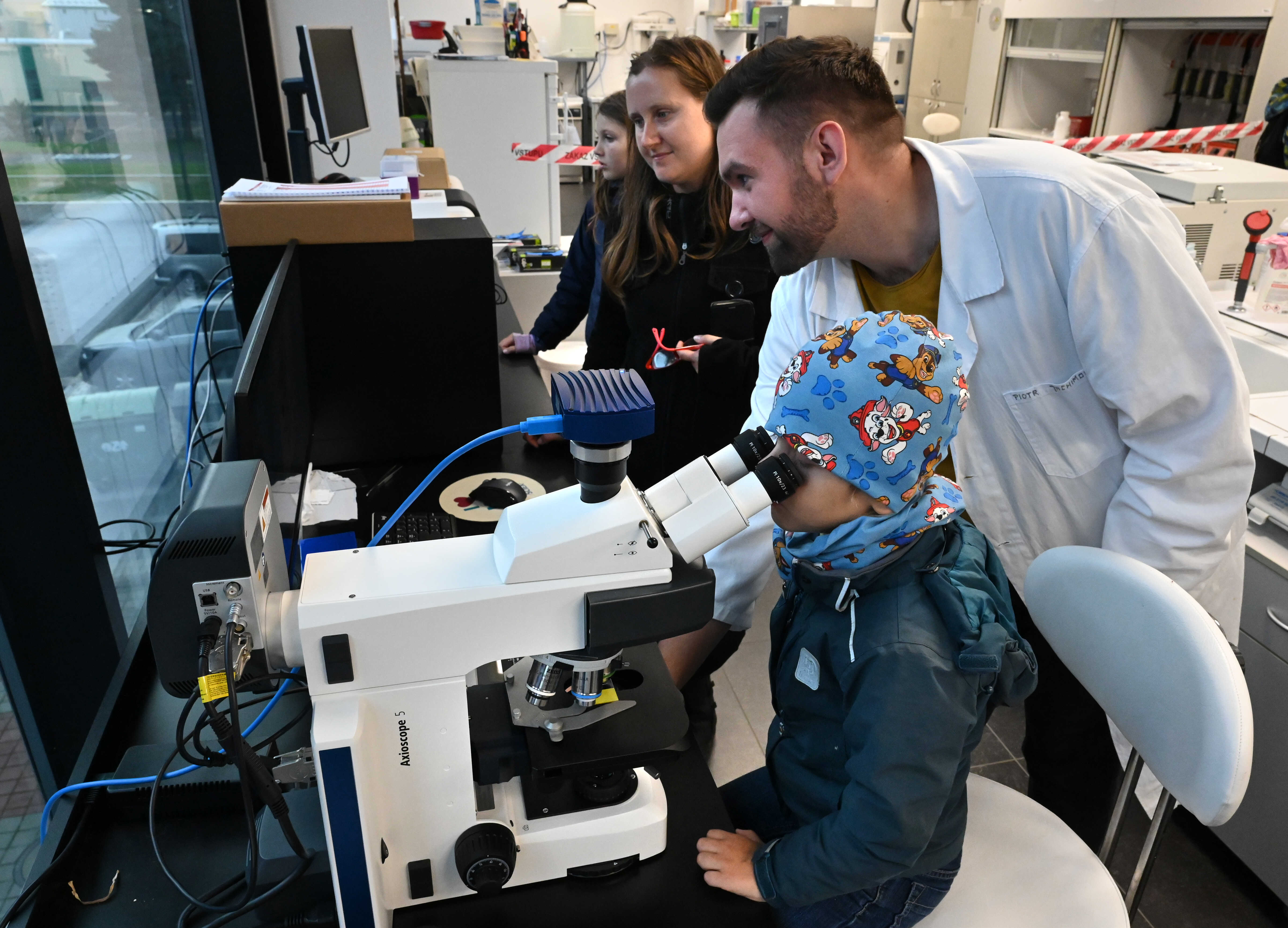
Energy Research Centre: Explosions, Electricity and Electromobility
At the Research Energy Centre, people saw that even explosions can be safe – when approached scientifically. Demonstrations of “explosive” technologies entertained both young and old, and an interactive quiz tested whether items such as baby food, chocolate or ice cream could be explosive.
Another part of the programme focused on electricity. Visitors could generate their own current and immediately see how data from photovoltaic power plants are displayed in clear visualisations. The evening concluded with electromobility and green energy, where we presented examples of the circular economy and showed how our research connects science and practice in order to reduce the impacts of human activity on the planet.
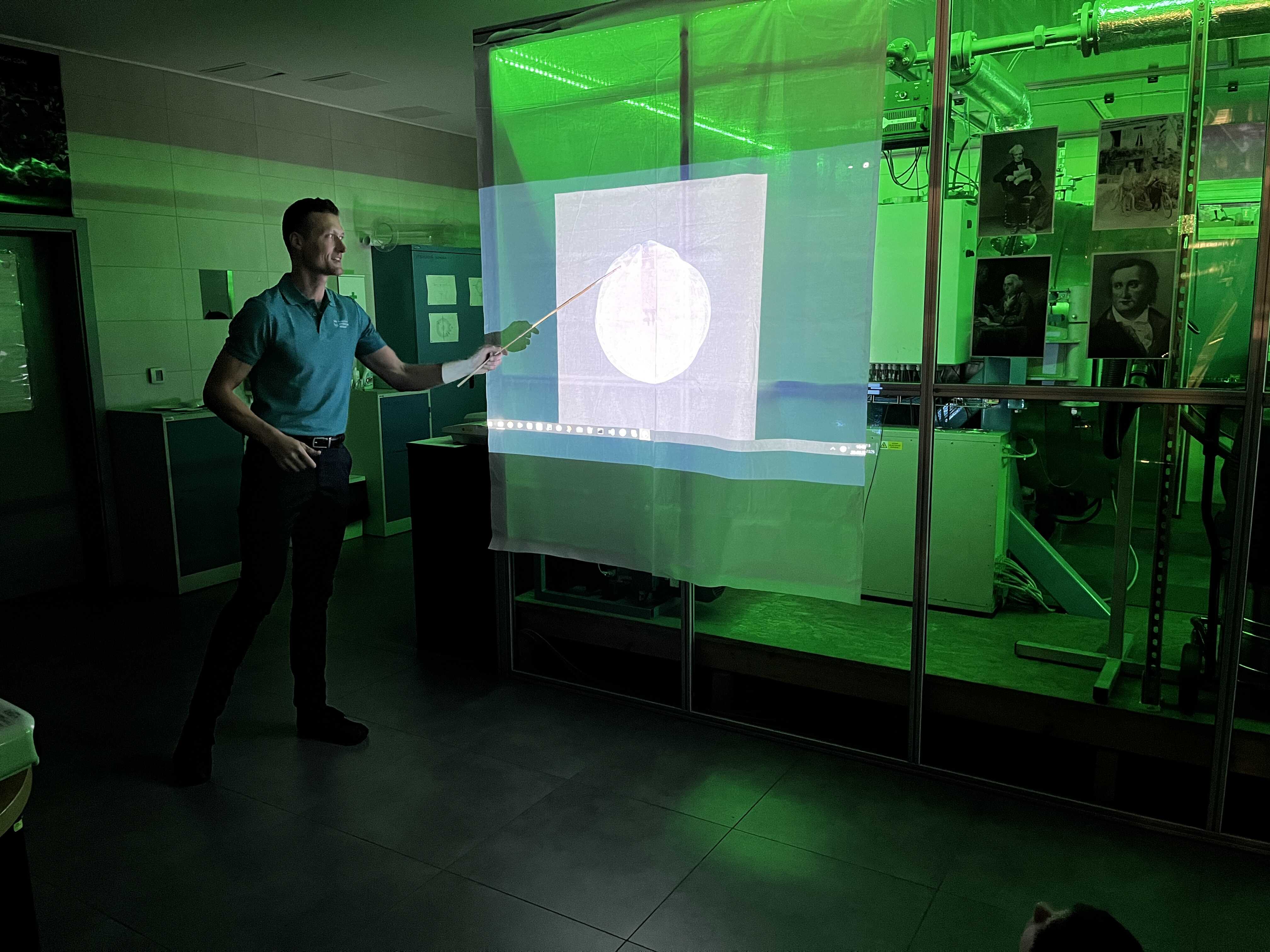
Science Open to People
“I am very pleased that we are able to explain the results of our work to the public in a clear and human way, showing how it responds to the needs of society. It is clear that the CEET team is made up of people who enjoy their work and put their heart into it,” said Stanislav Mišák, Director of CEET.
Researchers’ Night at CEET once again confirmed that the true wealth of science lies in its ability to inspire, educate and at the same time entertain.
